Ok for fiberglass insulation to touch roof deck on sides of vent channel?
I have a vented roof in central NC zone 3 (user to be zone 4 until recently)with vaulted ceilings in two locations and have specified R49 for the cavity. The insulation crew installed the foam baffles between the 16” centered rafters which creates a vent channel approximately 10” wide with ~three inches on either side where the baffle is stapled to the roof deck. If the insulation batts are pushed all the way into the cavity they will touch the roof decking on either side of the vent channel.
Is that how the assembly is supposed to be configured with the insulation touching the baffle and the roof deck or should the insulation be kept off the roof deck using the baffles as a fail safe incase of an errant install?
thx!
GBA Detail Library
A collection of one thousand construction details organized by climate and house part
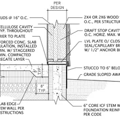
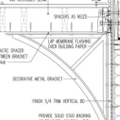

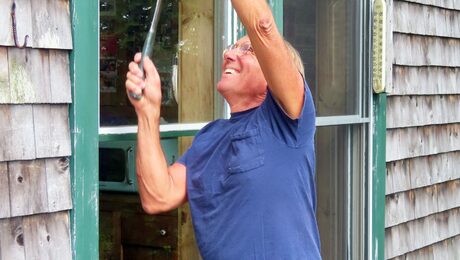


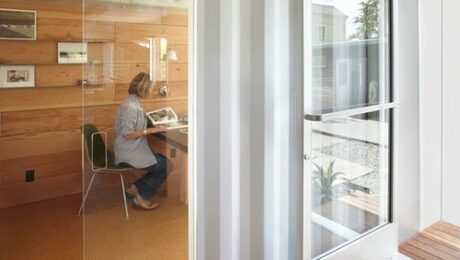
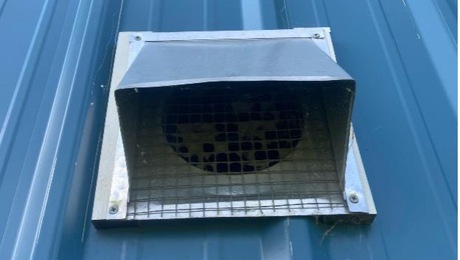
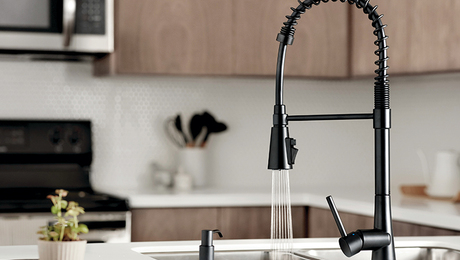
Replies